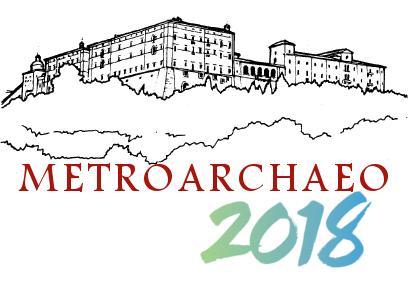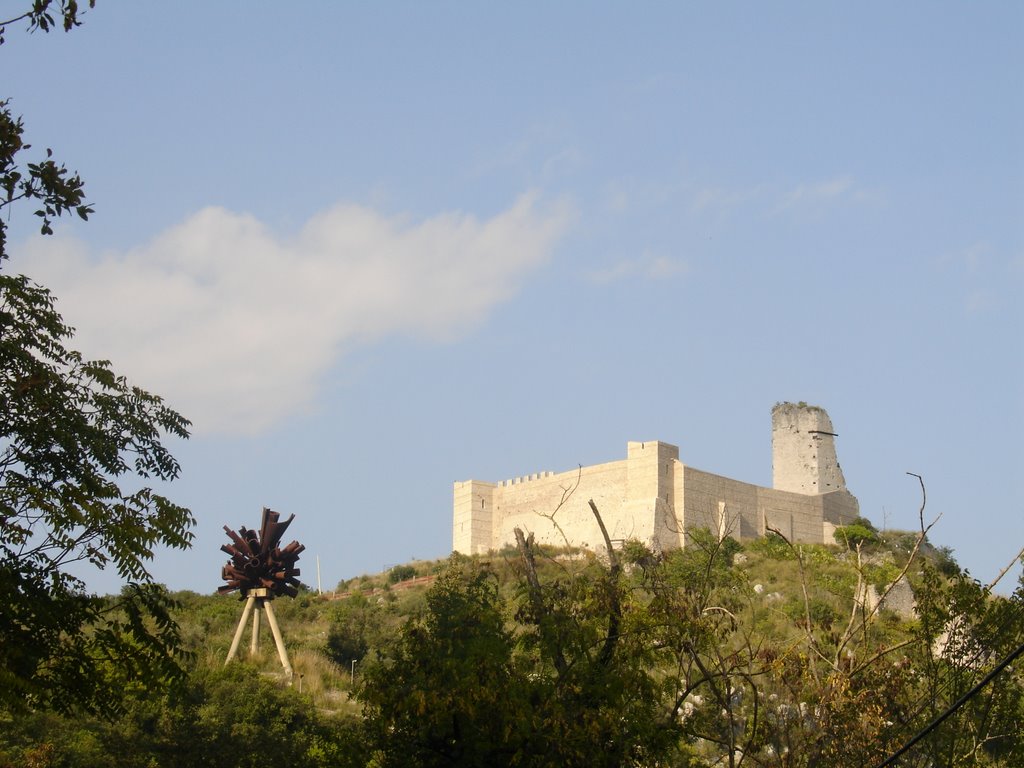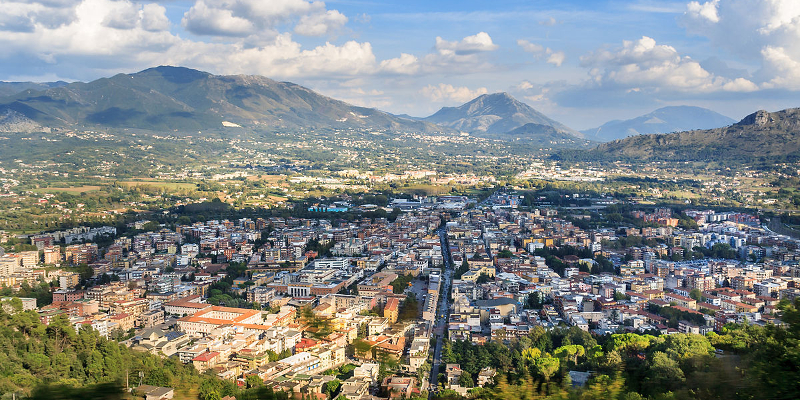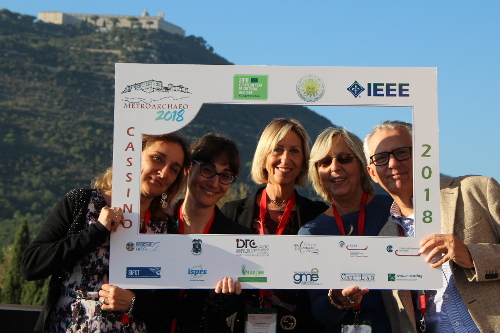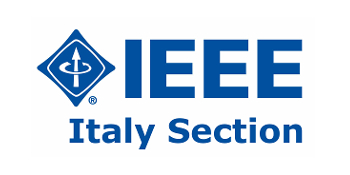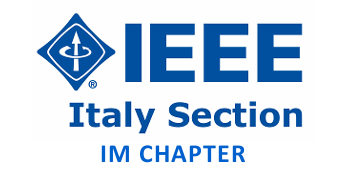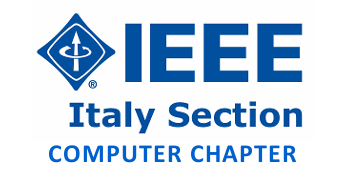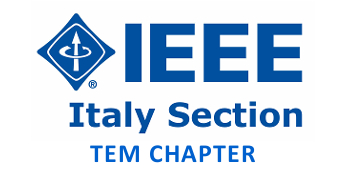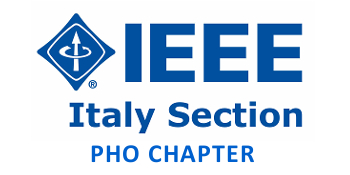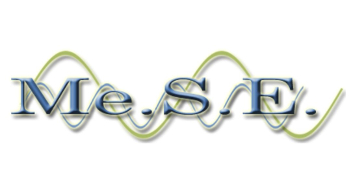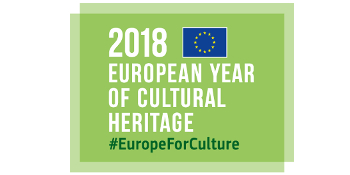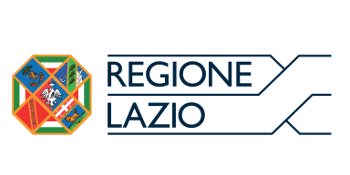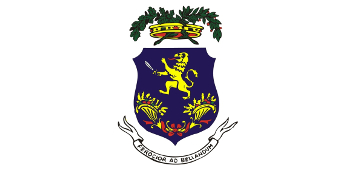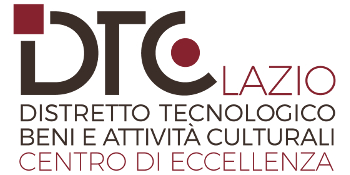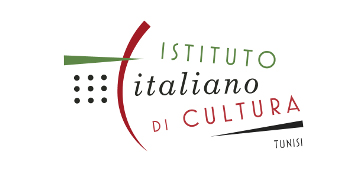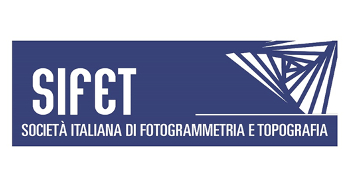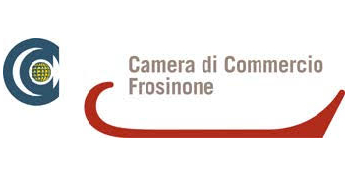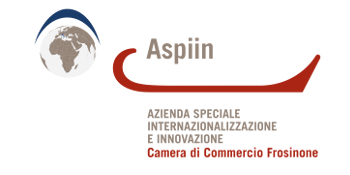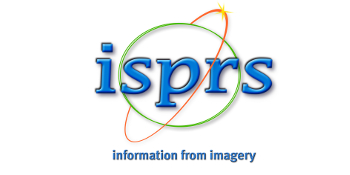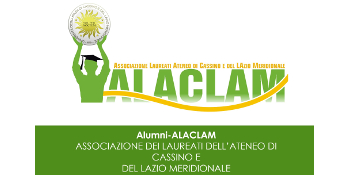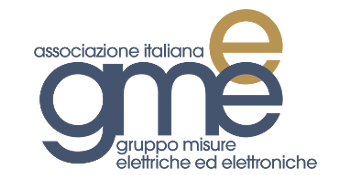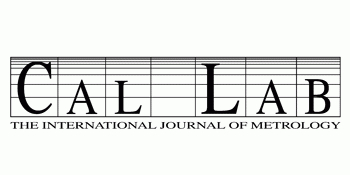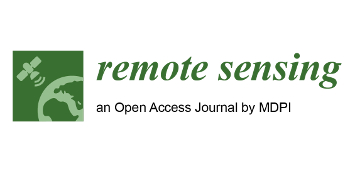Artificial intelligence for measurements in cultural heritage
ORGANIZED BY
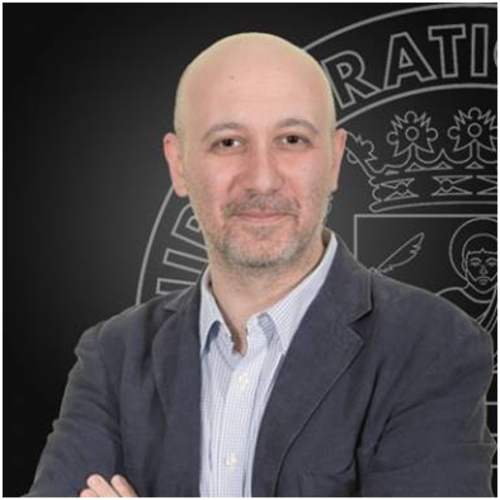
Francesco Colace
University of Salerno
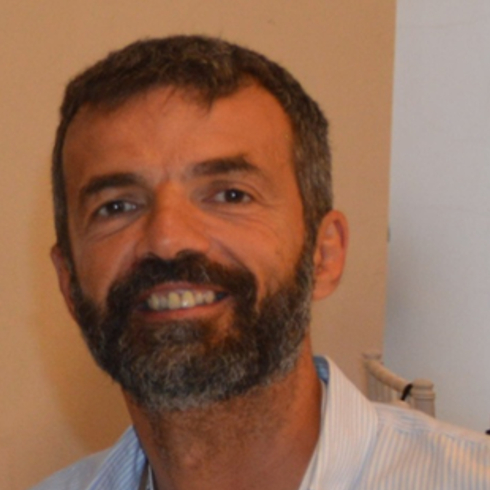
Francesco Fontanella
University of Cassino and Southern Lazio
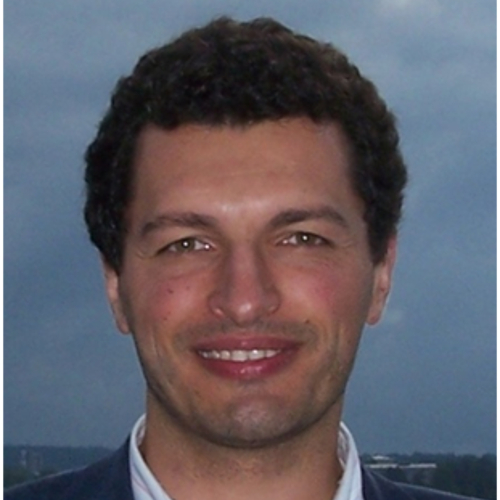
Mario Molinara
University of Cassino and Southern Lazio
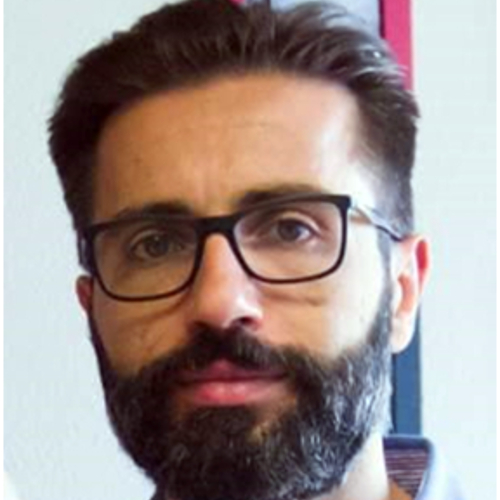
Filippo Stanco
University of Catania, Italy
ABSTRACT
The aim of this session is to present recent advances in Artificial Intelligence (AI) techniques for data analysis and representation cultural heritage measurements.
Any "real world" digitization goes through some kind of measures: digitization of ancient documents, laser scans of monuments, ground penetrating radar, radiocarbon dating, etc. The useful information contained in the measurements is not easy to exploit and some kind of analysis is needed. On the other hand, generating from measures a digital representation of real objects requires for some kind of manipulation.
Recent machine learning and pattern recognition algorithms give the opportunity to analyze and manipulate the acquired data in order to better exploit the contained information and generate the best digital representation.
In this session, all the contributions that improve these analyses and representation through AI techniques are welcome
- Ancient document analysis
- Digital artifact capture, representation and manipulation
- Automatic annotation of tangible and intangible heritage
- Interactive software tools for cultural heritage applications
- Multimedia music classification and reconstruction
- Augmented and Virtual Reality applications
- Image processing, classification and retrieval
- Semantic segmentation
- Serious Game for Cultural Heritage
- Robotic applications
- Ontology reconstruction for historical research document
ABOUT THE CONVENERS
Francesco Colace had a MSc degree (Electronic Engineering) and Ph.D. degree (Information Engineering) from the University of Salerno. He was a research scientist at the National Research Council of Italy from 2000 to 2001. He has been with the University of Salerno since 2005. He is Assistant Professor at the Department of Industrial Engineering (DIIn) and established the ICT Center for Cultural Heritage of which he is member of the executive board. He has published over one hundred papers, written or edited five books. His current research interests are: Knowledge Engineering, Semantic Web, Affective Computing, Sentiment Analysis, Context Awareness.
More info are available on: http://docenti.unisa.it/003563/home
Francesco Fontanella received the Laurea degree in physics and the Ph.D. degree in electronic and computer engineering both from the University of Naples “Federico II,” Naples, Italy, in 2001 and 2005, respectively. He is currently an is an Assistant Professor of Computer Science and Artificial Intelligence at the Department of Electrical and Information Engineering of the University of Cassino and Southern Lazio. His current research interests include pattern recognition, evolutionary computation, machine learning and feature selection.
More info are available on: http://webuser.unicas.it/fontanella/
Mario Molinara received a Msc degree in Computer Science from University of Sannio in 1999 and a Ph.D Degree in “Computer Science and Telecommunication” from University of Salerno in 2003.
In 2004 he joined the Department of Electrical and Information Engineering (DIEI), where is now an Assistant Professor in Computer Science and Artificial Intelligence at University of Cassino and Southern Lazio.
He is member of the International Association for Pattern Recognition (Italian Chapter CVPR - "Computer Vision, Pattern Recognition"), has authored over fifty research papers in International Journals and Conference Proceedings and he is a member of IEEE.
His current research interests include image analysis and interpretation, classification techniques, statistical learning, biomedical imaging, neural networks, optical character recognition, map and document processing, intelligent measurement systems, smart sensors, IoT applications, time series classification and regression, deep learning techniques.
More info are available on: http://www.unicas.it/didattica/docenti/schedadocente.aspx?nome_cognome=mario_molinara
Filippo Stanco received the degree in Computer Science in 1999 and he received the Ph.D. degree in Computer Science in 2003 from the University of Catania. From 2003 to 2005 he was research assistant at the University of Trieste and from 2005 to 2006 he was Research Assistant at the University of Catania. From 2006 to 2014 he is Assistant Professor with University of Catania.
Since 2014 he is Associate Professor with the Department of Mathematics and Computer Science, University of Catania.
He is the coordinator of the “Archeomatica project” (www.archeomatica.unict.it) to develop new digital tools for the archaeological research and the preservation of Cultural Heritage and is member of the “Centro di Archeologia Cretese” (Cretan archaeological center).
He written or edited three books and has published more than 100 papers in International journals and conferences.
He is reviewer for several international journals, and he is a senior member of IEEE.
His research interests include digital restoration, zooming, super-resolution, artifacts removal, interpolation, texture and GIS.
More info are available on: www.dmi.unict.it/fstanco

